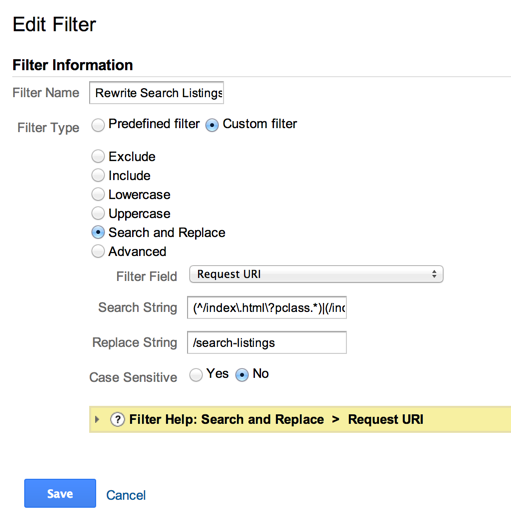Examine This Report about In Which Order Does Google Analytics Filter Data
Wiki Article
Fascination About In Which Order Does Google Analytics Filter Data
Table of ContentsIn Which Order Does Google Analytics Filter Data Things To Know Before You Get ThisIn Which Order Does Google Analytics Filter Data - Questions3 Easy Facts About In Which Order Does Google Analytics Filter Data ExplainedAll about In Which Order Does Google Analytics Filter Data
g. usage comparison drivers on measurements) after that you should specify the value as JSON. Problems that let you restrict the set of sessions or individuals your inquiry uses to. Sections can be specified in one of two styles: As an example, any of the complying with are valid values for the sectors parameter.If you need to do advanced division (e. g. use contrast operators on dimensions) after that you need to specify the value as JSON. For records that you anticipate to return thousands or millions or results, it's suggested to set a limit.
Note, you need to have modify authorizations on the spreadsheet to utilize this attribute. This option is valuable if experimenting with a new report as well as you do not desire to run all your records up until you're ended up.

In Which Order Does Google Analytics Filter Data Things To Know Before You Buy
See to it not to puzzle this with the term "Google Account": One can consist of approximately 25 Google Analytics accounts (have a look at this message if you reach this limitation however wish to have greater than 25 accounts). Please note that in some areas Google makes use of the term instead of, however as far as I can inform, both terms stand for the very same entity and also I will make use of the term throughout this post.
You can address the general information sampling concern by developing subsets of your information making use of views however that just assists with typical records (In Which Order Does Google Analytics Filter Data). Given that session tasting is done on the home degree, developing several sights will not avoid information sampling when using sophisticated segments or creating tailored reports. You can find more details regarding data tasting here
From my previous experience, Google does process even more than this amount, yet I'm unsure if it refines all of the information, or just more than this mentioned limitation. If you have even more than 200,000 gos to a day, Google processes the information once daily which can lead great post to read to a hold-up of 2 days in your data refreshness.

How In Which Order Does Google Analytics Filter Data can Save You Time, Stress, and Money.
g., one for the primary site, one for the blog site, and also one for the assistance website), after that you will certainly not have the ability to inform just how several users in total visited your brand's properties (as the user who visited the main site and after that the blog site will be counted twice as opposed to simply when).Otherwise, assume what their overall bounce rate would certainly be, or their conversion price from sees to enrollment, if their blog was defined this page as part of their main website residential or commercial property. Once I've decided to separate the internet site right into a number of properties, I such as to start at the end and job in reverse, very first taking a look at each section and choosing which of them must useful link have a different property.
As each internet property is, in many cases, targeted at a various audience type (with different habits), it makes good sense to divide the main website from the solution site, equally as it makes sense to divide the blog site, the support website, as well as the touchdown web pages. My rule of thumb is to divide a site right into properties based upon the personalities that will certainly be using the site.

In Which Order Does Google Analytics Filter Data Can Be Fun For Everyone
You understand. If KISSmetrics just had one home, with many even more blog site readers than paying consumers, their overall logical metrics would be improperly affected by the blog site viewers. There are 2 choices that can be used as opposed to multiple residential or commercial properties: Google Analytics allows you to segment the data (using advanced segmentation) or you can separate the segments into separated views.Be mindful, nonetheless, if you pick either of these approaches, as I will certainly currently explain. The innovative division attribute is taken into consideration much less efficient for long-term segmentation purposes. It is a wonderful way to run ad hoc questions, yet if your search engine optimization supervisor has an interest in one particular segment, she will certainly need to re-choose this section each time she takes a look at the data.
Report this wiki page